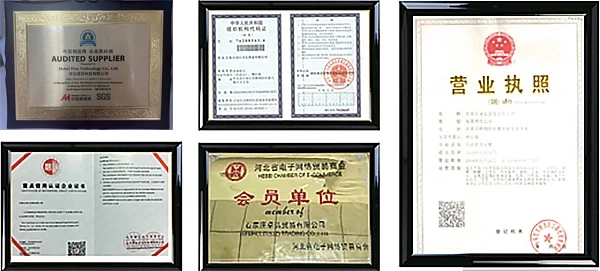



Exploring the Historical Applications of Saltpetre in Various Industries and Cultures
The Diverse Uses of Saltpetre
Saltpetre, also known as potassium nitrate (KNO3), has played a pivotal role in various industries and applications throughout history. Recognized for its unique chemical properties, this compound has been utilized in agriculture, food preservation, and even in the production of explosives. This article delves into the diverse uses of saltpetre, highlighting its significance in multiple sectors.
Agricultural Applications
One of the primary uses of saltpetre is in agriculture. Potassium nitrate serves as an important source of nitrogen and potassium, which are essential nutrients for plant growth. Farmers often apply it to crops to promote better flowering, fruit development, and overall plant health. The compound dissolves readily in water, making it easy to apply through irrigation systems or as a foliar spray. By providing a balanced nutrient supply, saltpetre ensures that crops can achieve maximum yield and quality.
Moreover, saltpetre is selectively used in the cultivation of specific crops such as tomatoes, melons, and cucumbers. These plants thrive on the high potassium content, which enhances their flavor and texture. Additionally, potassium nitrate may help in improving disease resistance and drought tolerance among plants. This ability to enhance agricultural productivity underscores the importance of saltpetre in modern farming practices.
Food Preservation
In the realm of food preservation, saltpetre has a long-standing history as a curing agent for meats. Its ability to inhibit the growth of bacteria, particularly Clostridium botulinum, makes it an essential ingredient in the curing process. It helps maintain the color and flavor of meat while prolonging its shelf life. When mixed with salt, saltpetre forms a brine that is applied to various types of meats, including ham, bacon, and sausages.
Historically, saltpetre was widely used in preserving meats before the advent of refrigeration. The compound’s antimicrobial properties ensured that food could be stored safely without spoiling. Although modern preservation methods have decreased the reliance on saltpetre, it is still preferred by many artisanal producers who value tradition and the enhanced taste it imparts to cured meats.
saltpetre use

Explosives and Pyrotechnics
Saltpetre is perhaps best known for its role in the production of explosives. It is a key ingredient in gunpowder, where it functions as an oxidizer, allowing for a rapid release of energy when ignited. Gunpowder consists of a mixture of saltpetre, charcoal, and sulfur, and has been used historically in warfare, mining, and construction. The explosive power of gunpowder revolutionized the way conflicts were fought and how materials were extracted from the earth.
In pyrotechnics, saltpetre is utilized to create colorful fireworks. It serves as an oxidizer that supports the combustion of various metal salts, leading to the production of vibrant colors and effects during displays. Consequently, it has become an essential component in the fireworks industry, ensuring that celebrations are marked with spectacular visual displays.
Environmental Impact and Safety Concerns
While saltpetre has significant uses, its production and application can raise environmental and safety concerns. The leaching of nitrates into groundwater from agricultural runoff has been linked to water pollution, leading to issues such as algal blooms and the contamination of drinking water. As a result, regulations governing its use in agriculture have become stricter in many regions.
Additionally, safety concerns exist in relation to its use in explosives and pyrotechnics. Improper handling and storage of saltpetre can pose risks, making it crucial for those in the industry to follow safety protocols to prevent accidents.
Conclusion
In conclusion, saltpetre is a multifaceted compound with an array of uses spanning agriculture, food preservation, and explosives. Its contributions to crop productivity and food safety have made it a valuable resource throughout history, while its role in pyrotechnics adds a touch of vibrancy to celebrations. However, it is essential to use saltpetre responsibly, considering its environmental impact and adhering to safety regulations to mitigate risks. As we continue to explore its potential, understanding and managing the uses of saltpetre will ensure its benefits can be maximized for future generations.
-
Why Sodium Persulfate Is Everywhere NowNewsJul.07,2025
-
Why Polyacrylamide Is in High DemandNewsJul.07,2025
-
Understanding Paint Chemicals and Their ApplicationsNewsJul.07,2025
-
Smart Use Of Mining ChemicalsNewsJul.07,2025
-
Practical Uses of Potassium MonopersulfateNewsJul.07,2025
-
Agrochemicals In Real FarmingNewsJul.07,2025
-
Sodium Chlorite Hot UsesNewsJul.01,2025










